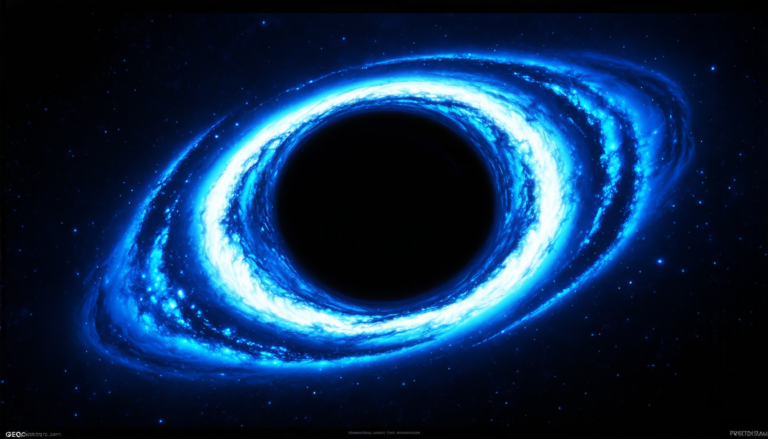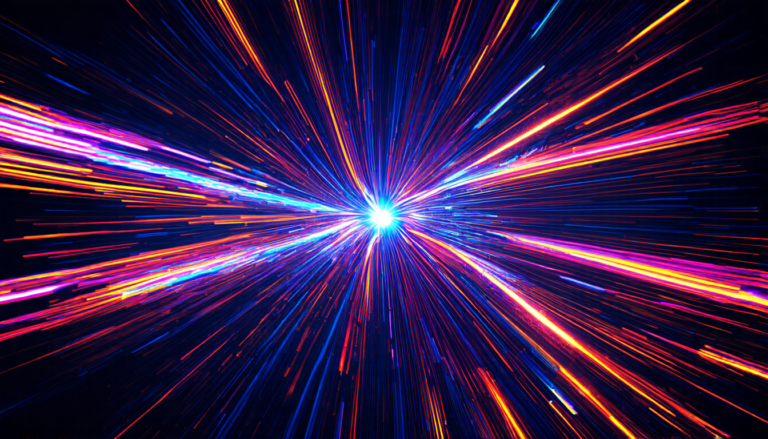Friday 18 April 2025
Scientists have long been fascinated by supercritical fluids, a state of matter that occurs when liquids are heated above their boiling point or compressed beyond their critical pressure. These fluids exhibit unusual behavior, such as increased density and diffusion rates, which can be harnessed for various industrial applications.
Recently, researchers have discovered evidence of non-equilibrium phase separation in supercritical fluids, a phenomenon that challenges our understanding of these substances. In a new study, scientists have observed the formation of dense, liquid-like clusters within high-pressure krypton gas, a finding that has significant implications for our comprehension of supercritical fluid behavior.
The experiment involved compressing krypton gas to extremely high pressures, causing it to transition into a supercritical state. Researchers then measured the opacity of the gas using laser light, which revealed an unexpected increase in scattering intensity. This indicated the presence of dense particles within the gas, which they later confirmed through neutron scattering experiments.
The formation of these clusters is thought to occur due to rapid cooling caused by adiabatic expansion, a process that occurs when the gas expands rapidly and cools as it does so. This cooling can lead to the condensation of molecules into liquid-like droplets, which in turn creates the observed opacity.
The study’s findings have significant implications for our understanding of supercritical fluids, particularly in the context of industrial applications. Supercritical fluids are commonly used in processes such as extraction and cleaning, where their unique properties allow for efficient separation and purification of materials.
However, these processes often involve rapid changes in temperature and pressure, which can lead to non-equilibrium phase behavior. The discovery of cluster formation in supercritical krypton suggests that similar phenomena may occur in other supercritical fluids, potentially altering our understanding of how they behave under industrial conditions.
The study’s authors are now exploring the properties of these clusters further, hoping to gain a deeper understanding of their composition and dynamics. This knowledge could ultimately be used to improve the efficiency and effectiveness of various industrial processes that rely on supercritical fluids.
In addition to its practical applications, this research has also shed new light on our fundamental understanding of phase transitions in matter. The discovery of cluster formation in supercritical krypton challenges our existing theories and encourages further investigation into the complex behavior of these substances.
As scientists continue to explore the properties of supercritical fluids, we can expect to uncover even more surprising phenomena that challenge our current understanding of these unique states of matter.
Cite this article: “Unlocking the Secrets of Superfluids: New Evidence Reveals Clusters of Liquid-Like Particles in High-Pressure Fluids”, The Science Archive, 2025.
Supercritical Fluids, Phase Transitions, Non-Equilibrium Behavior, Krypton Gas, Cluster Formation, Density, Diffusion Rates, Industrial Applications, Extraction, Cleaning.







